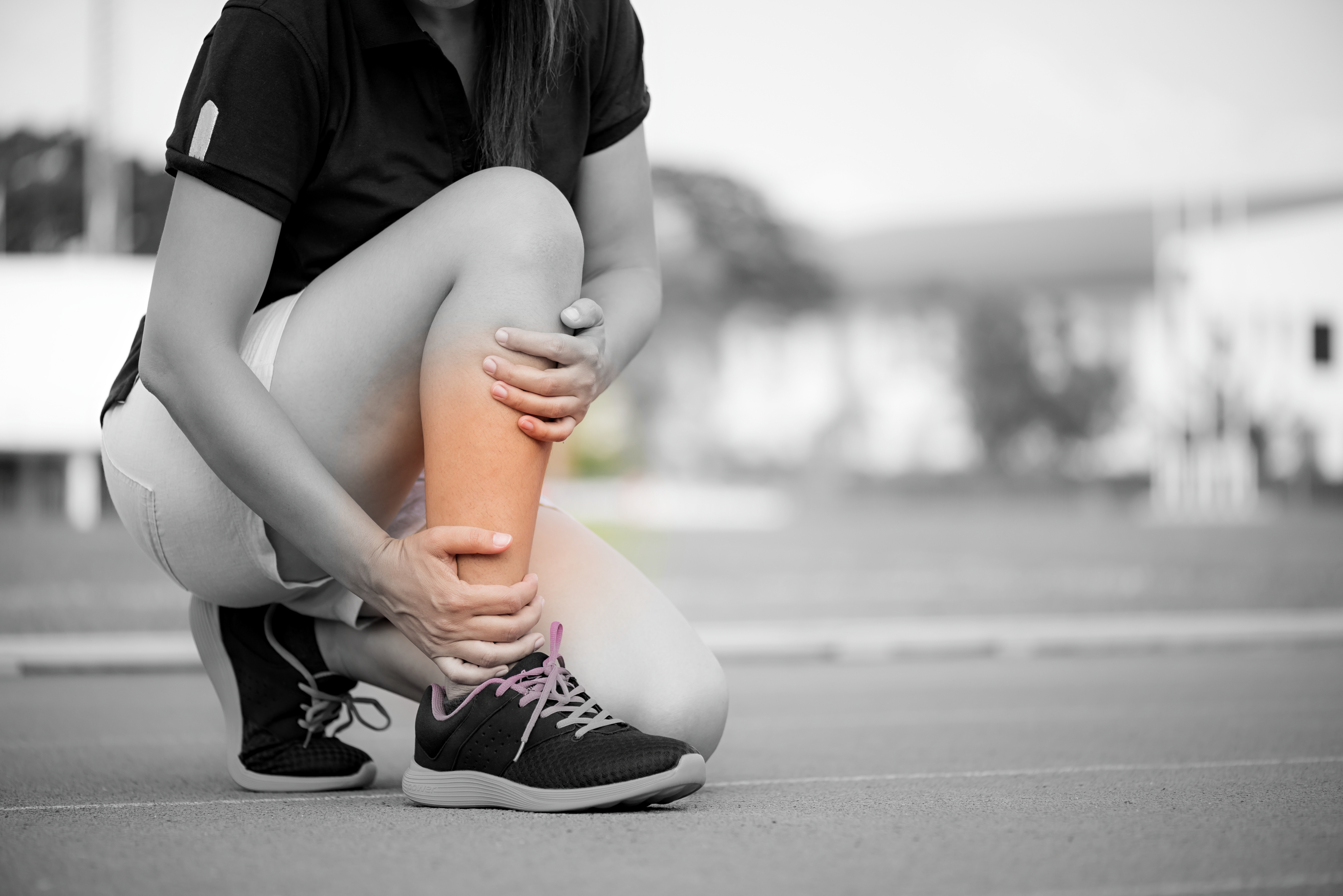Shin Pain In Runners
Shin Pain also known as Shin splint or medial tibial stress syndrome is leg pain around the shin area due to repetitive stress. It is a common injury in athletes, especially runners. It is estimated

Shin Pain In Runners
Shin Pain also known as Shin splint or medial tibial stress syndrome is leg pain around the shin area due to repetitive stress. It is a common injury in athletes, especially runners. It is estimated that up to 35% of all athletes have shin pain. Furthermore, up to 70% of runners may develop an overuse injury over a period of several months.
Shin Pain is often explained as a feeling of pain and discomfort in the lower half of the leg from repetitive running on hard surfaces, an increase in intensity, or mileage of running.
How does a Shin Pain Feel Like?
Shin Pain is usually dull, aching type of pain in the lower part of the leg. It is frequently felt at the beginning of an exercise and then decreases as you go further with your activity. Pain is often worse the next morning but may ease off over time. In severe and prolonged cases, pain can be felt even at rest as well.
Why does one Experience Shin Pain?
The most obvious explanation for Shin Pain is repetitive stress, which causes an injury. Further, due to lack of rest, the injury does not get the opportunity to heal, resulting in what is commonly known as an overload injury. Training errors such as a sudden increase in training volume, aging footwear, and running on hard surfaces are also common triggers.
How is Shin Pain Diagnosed?
An experienced healthcare practitioner, Physio, or Physician will be able to diagnose Shin Splints based on your history and examination. Inspecting worn-out shoes or abnormalities in limb length is usually helpful.
Sometimes, other tests like MRI and bone scan may be required to check for any other related problems such as tendonitis, stress fracture, or compartment syndrome.
How is Shin Pain Treated?
Reach out to a Sports Physician or Sports Physiotherapist if your shin pain does not settle in 48 hours.
You might require painkillers and muscle relaxants if the intensity of pain is very high.
Icing is very helpful and can be done several times a day. Physiotherapy and exercises are to be continued. Avoid repetitive stress or exercise for 1-2weeks, and try doing low-impact activities (swimming, elliptical machine, biking) as long as you have no pain.
Depending on the severity, the rest is prescribed. In cases of mild shin pain, 2-4 weeks of rest from the sport is needed. For severe and more chronic cases rest period may extend for as long as 3 to 6 months.
Physiotherapy and Return to Sports Program for the Athlete.
Sessions can include modalities like ultrasound, TENS, myofascial -release, taping and stretches, and strengthening for the lower leg muscles along with guidance for biomechanical corrections of their running and practice technique.
How to Prevent Shin Pain?
- For a runner, replace your shoes about every 560-800kms.
- Preseason strengthening including graduated running programs, and eccentric and endurance calf exercises.
- Video analysis can help to identify movement patterns contributing to shin pain.
Reach out to FLEXITUDE Physio if you are suffering from Shin Pain. You will be under the able and experienced guidance of our team, who will help you return to your sport and run, pain-free!